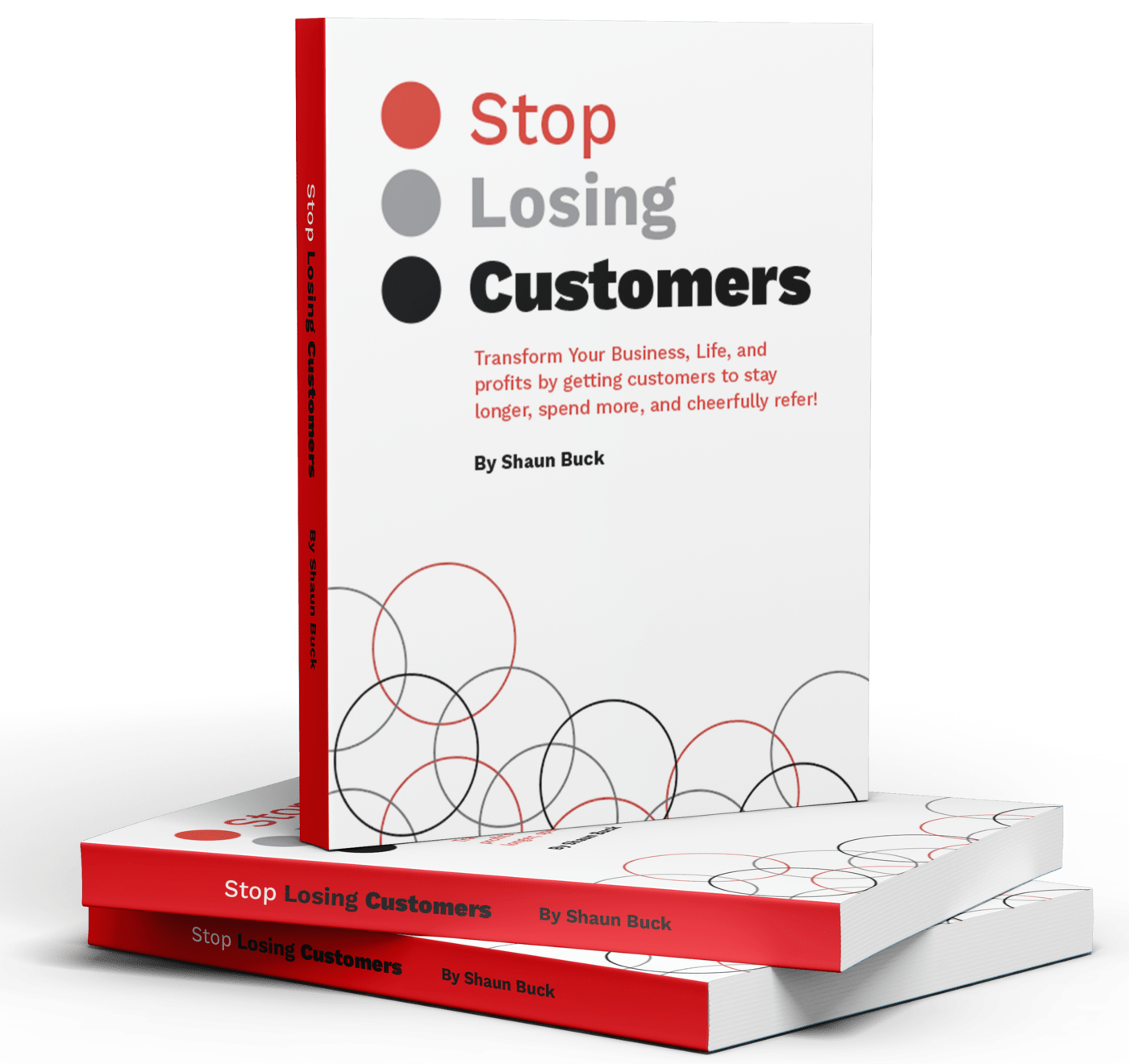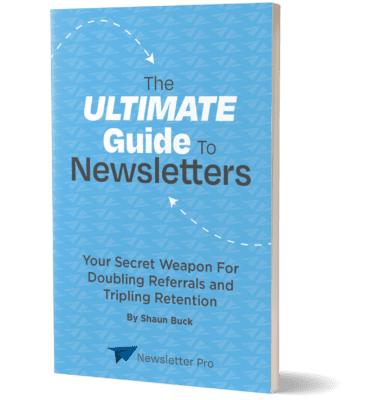In the ever-evolving world of email marketing, personalization has become more than just a buzzword—it’s a necessity. Gone are the days when simply addressing a subscriber by their first name was enough to capture attention. Today’s consumers expect more. They crave relevant content tailored to their preferences, behaviors, and needs. This article will explore advanced personalization strategies for email marketing, offering actionable insights to elevate your campaigns and engage your audience more effectively.
Understanding the Importance of Personalization
Personalization in email marketing is about delivering the right message to the right person at the right time. When done correctly, it can significantly improve open rates, click-through rates, and conversions. Personalized emails create a sense of connection and relevance, making subscribers feel valued and understood.
The Emotional Impact of Personalization
Personalization goes beyond mere data points; it taps into the emotions of your audience. When subscribers receive content that feels tailored to their unique needs and preferences, they are more likely to feel a connection with your brand. This emotional engagement can drive loyalty and foster long-term relationships. By understanding the emotional triggers of your audience, you can craft messages that resonate on a deeper level.
Building Trust Through Relevance
Trust is a cornerstone of effective marketing, and personalization plays a crucial role in building that trust. When consumers see that a brand understands them and is willing to cater to their specific needs, they are more likely to engage and respond positively. By consistently delivering relevant content, you reinforce your brand’s reliability and demonstrate that you value your audience’s time and attention.
The Competitive Advantage
In a crowded inbox, standing out is imperative. Advanced personalization can give you a competitive edge by ensuring your messages are more relevant and engaging than those of your competitors. Brands that invest in personalization are better positioned to capture the attention of their audience, leading to higher engagement rates and increased conversions. By leveraging these strategies, you can not only meet but exceed consumer expectations.

Collecting and Utilizing Data
To personalize effectively, you need to collect and analyze data about your subscribers. This information can be gathered through various channels, including sign-up forms, purchase history, website interactions, and social media activities.
Gathering Comprehensive Demographic Data
Demographic data provides a foundational understanding of your audience. By collecting information such as age, gender, location, and occupation, you can segment your audience into meaningful categories. This segmentation allows for targeted messaging that can address specific needs and interests, enhancing the relevance of your communications.
Analyzing Behavioral Data for Insights
Behavioral data offers insights into the actions and preferences of your subscribers. By tracking purchase history, website visits, and email engagement, you can identify patterns and trends that inform your marketing strategy. This data is critical for creating dynamic content and personalized experiences that align with your audience’s behaviors.
Delving into Psychographic Data
Psychographic data delves into the attitudes, values, and lifestyles of your audience. Understanding these elements allows you to craft messages that resonate with the motivations and desires of your subscribers. By aligning your content with their personal beliefs and interests, you can forge a stronger connection and drive more meaningful engagement.
Leveraging Social Media Insights
Social media platforms are rich sources of data that can enhance your email marketing efforts. By monitoring your audience’s interactions and preferences on these channels, you can gain additional insights into their interests and behaviors. Integrating social media data with your email marketing strategies allows for a more comprehensive understanding of your subscribers.
Advanced Personalization Strategies
Once you have the necessary data, it’s time to implement advanced personalization strategies in your email marketing campaigns.
Segmentation: Beyond Basics
Segmentation involves dividing your email list into smaller groups based on shared characteristics. This approach allows you to send targeted messages that resonate with each group. For instance, you can segment your list by purchase history, engagement level, or geographic location.
Micro-Segmentation for Precision
Micro-segmentation takes the concept further by creating even more specific segments based on nuanced data points. This precision enables you to deliver hyper-targeted messages that address the unique needs and preferences of each subgroup.
Dynamic Segmentation for Flexibility
Dynamic segmentation allows your groups to evolve as subscriber behaviors change. By continuously updating segments based on real-time data, you ensure that your communications remain relevant and timely.
Interest-Based Segmentation
Interest-based segmentation groups subscribers based on specific topics or categories they have shown interest in. This method allows you to deliver content that aligns with their passions and hobbies, increasing the likelihood of engagement.
Dynamic Content: Crafting Unique Experiences
Dynamic content enables you to change parts of your email based on the recipient’s data. This could include personalized product recommendations, location-specific offers, or even different images based on the recipient’s preferences. Dynamic content ensures that each subscriber receives a unique experience tailored to their interests.
Personalized Product Recommendations
Using dynamic content to recommend products based on previous purchases or browsing behavior can significantly enhance the relevance of your emails. By showcasing items that align with subscriber preferences, you increase the likelihood of conversion.
Location-Specific Offers
Dynamic content can also be used to tailor offers based on geographic location. By providing promotions or events relevant to a subscriber’s area, you make your emails more pertinent and engaging.
Content Customization Based on Preferences
Dynamic content allows for customization based on individual preferences, such as preferred topics or content formats. By aligning your emails with these preferences, you create a more personalized experience that resonates with your audience.
Triggered Emails: Timing is Everything
Triggered emails are automated messages sent based on specific actions or events. They are highly effective because they arrive at the right moment, increasing the likelihood of engagement. Common examples include welcome emails, cart abandonment reminders, and post-purchase follow-ups.
Welcome Series for New Subscribers
A welcome series introduces new subscribers to your brand and sets the tone for future communications. By providing valuable content and offers, you can nurture these relationships from the outset.
Abandoned Cart Reminders
Abandoned cart emails remind subscribers of items left in their cart, encouraging them to complete their purchase. By offering incentives or addressing potential concerns, you can recover lost sales.
Post-Purchase Follow-Ups
Post-purchase emails thank subscribers for their purchase and offer additional product recommendations or support. This follow-up reinforces the relationship and encourages repeat business.
Predictive Analytics: Anticipating Needs
Predictive analytics uses historical data and machine learning to forecast future behavior. By analyzing patterns, you can anticipate customer needs and send timely, relevant content. For example, if a subscriber frequently purchases a particular product, you can predict when they might need a refill and send a reminder email.
Forecasting Purchase Behavior
By analyzing past purchase behavior, you can predict when a subscriber is likely to make their next purchase. This foresight allows you to send timely promotions or reminders that encourage conversions.
Identifying Churn Risks
Predictive analytics can also identify subscribers at risk of churning. By recognizing disengagement patterns, you can implement retention strategies to re-engage these individuals.
Personalizing Product Recommendations
Using predictive analytics, you can offer personalized product recommendations based on predicted interests and needs, enhancing the relevance of your emails and driving sales.
A/B Testing: Optimizing for Success
A/B testing, or split testing, involves sending two variations of an email to different segments of your audience to determine which performs better. This method helps optimize subject lines, content, and design to enhance personalization efforts.
Testing Subject Lines
Experiment with different subject lines to see which resonates best with your audience. Consider incorporating personalization elements such as the recipient’s name or recent activity.
Evaluating Content Variations
Test different content formats, images, or messaging styles to determine what drives the most engagement. This evaluation allows you to refine your approach and improve results.
Analyzing Design Elements
A/B testing can also assess the impact of design elements, such as layout or color schemes. By understanding what visually appeals to your audience, you can create more compelling emails.
Crafting Personalized Subject Lines
Subject lines are the first thing subscribers see, making them a critical component of your email strategy. Personalized subject lines can significantly boost open rates. Consider incorporating the recipient’s name, location, or recent activity to grab their attention.
Incorporating Names and Personal Details
Using a subscriber’s name in the subject line can create an immediate sense of connection. Pairing this with other personal details, such as recent purchases or interactions, further enhances relevance.
Leveraging Location for Relevance
Location-based subject lines can capture attention by highlighting nearby events or offers. This approach makes your emails feel more pertinent to the recipient’s immediate environment.
Highlighting Recent Activity
Acknowledging a subscriber’s recent activity, such as browsing behavior or past purchases, in the subject line can pique interest and encourage engagement. This tactic shows that you understand their current needs and interests.

Personalizing Email Content
The body of your email should reflect the same level of personalization as your subject line. Here are some tactics to consider:
Personalized Product Recommendations
Use data to recommend products or services tailored to each subscriber’s preferences. This approach not only increases the likelihood of a purchase but also enhances the overall customer experience.
Highlighting Complementary Products
Recommend products that complement items the subscriber has already purchased, enhancing their experience and encouraging additional sales.
Featuring Popular Items
Showcase popular items that align with the subscriber’s interests, leveraging social proof to drive engagement and conversions.
Offering Exclusive Deals
Provide exclusive deals or discounts on recommended products to incentivize purchases and reward loyal subscribers.
Location-Based Offers
If you have location data, consider offering promotions or events relevant to the subscriber’s area. This tactic can make your emails more relevant and increase engagement.
Promoting Local Events
Highlight local events or activities that may interest your subscribers, encouraging participation and fostering community connections.
Offering Region-Specific Discounts
Provide discounts or offers exclusive to certain regions, making your emails feel more tailored and enticing to recipients.
Highlighting Nearby Store Openings
Inform subscribers about nearby store openings or locations, encouraging visits and enhancing the offline customer experience.
Tailored Content
Create content that aligns with the interests and behaviors of your audience segments. For example, if a subscriber frequently reads your blog about healthy living, send them content related to wellness tips or health products.
Crafting Interest-Based Content
Develop content around specific interests or topics that resonate with your audience, ensuring it aligns with their passions and preferences.
Personalizing Content Formats
Offer different content formats, such as videos, articles, or infographics, based on subscriber preferences and engagement history.
Aligning with Seasonal Trends
Create content that aligns with seasonal trends or events, ensuring it remains relevant and engaging throughout the year.
Measuring Success
To ensure your personalization efforts are effective, it’s essential to track and analyze key performance metrics. These include open rates, click-through rates, conversion rates, and unsubscribe rates. Regularly reviewing these metrics will help you refine your strategies and achieve better results.
Tracking Engagement Metrics
Monitor engagement metrics to assess the effectiveness of your personalization strategies. High open and click-through rates indicate successful targeting and relevance.
Evaluating Conversion Rates
Analyze conversion rates to determine the impact of personalized content on sales and revenue. This analysis helps identify areas for improvement and optimization.
Monitoring Unsubscribe Rates
Keep an eye on unsubscribe rates to gauge how well your emails are resonating with your audience. High unsubscribe rates may indicate a need for improved targeting or content relevance.
Continuous Improvement
Email marketing is an ever-changing landscape. To stay ahead, continually test and optimize your personalization strategies. Experiment with new tactics, gather feedback, and adapt to changing consumer preferences.
Iterative Testing and Refinement
Regularly conduct tests and experiments to refine your strategies and enhance results. Use insights gained from these tests to make data-driven decisions.
Gathering and Analyzing Feedback
Solicit feedback from your subscribers to understand their preferences and pain points. This feedback can guide future personalization efforts and improve overall satisfaction.
Staying Updated on Trends
Keep abreast of industry trends and emerging technologies to ensure your personalization strategies remain cutting-edge and effective.
Conclusion
Advanced personalization strategies in email marketing go beyond using a subscriber’s first name. By leveraging data and technology, you can create more relevant, engaging content that resonates with your audience. Implementing these strategies will not only enhance your email campaigns but also foster stronger customer relationships and drive business growth.
In the age of information overload, personalized email marketing is your key to standing out. Embrace these advanced tactics and watch your engagement and conversions soar. By continuously adapting and optimizing your personalization efforts, you can maintain a competitive edge and deliver exceptional experiences to your subscribers.
Ready to Elevate Your Email Marketing?
If you’re looking to enhance your email marketing strategy with high-quality newsletters, contact Newsletter Pro today! Our team of experts is dedicated to helping you create personalized, engaging content that drives results. Don’t miss out on the opportunity to connect with your audience effectively. Reach out now and take your email campaigns to the next level!






